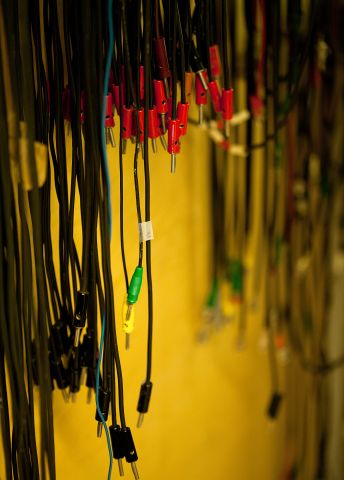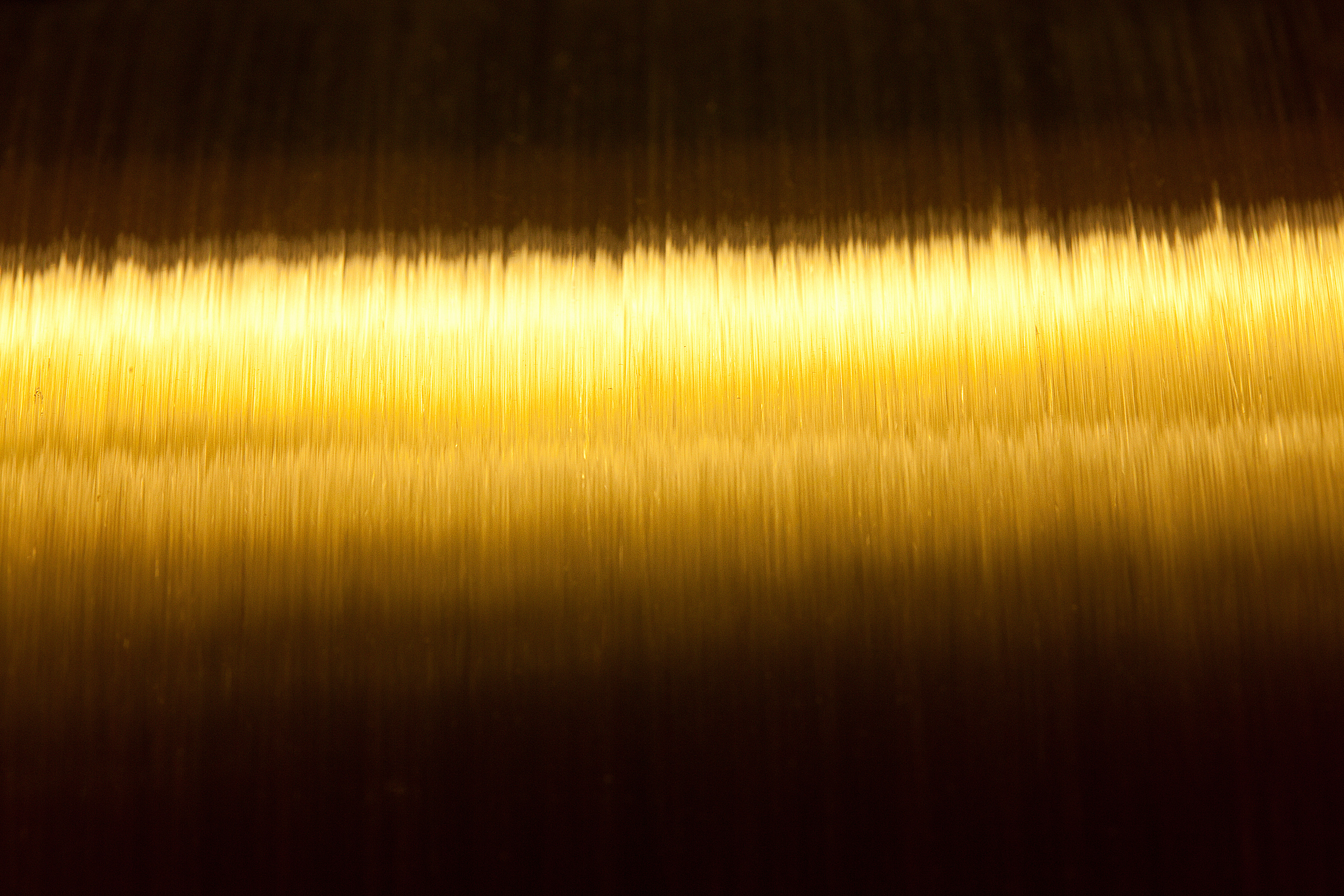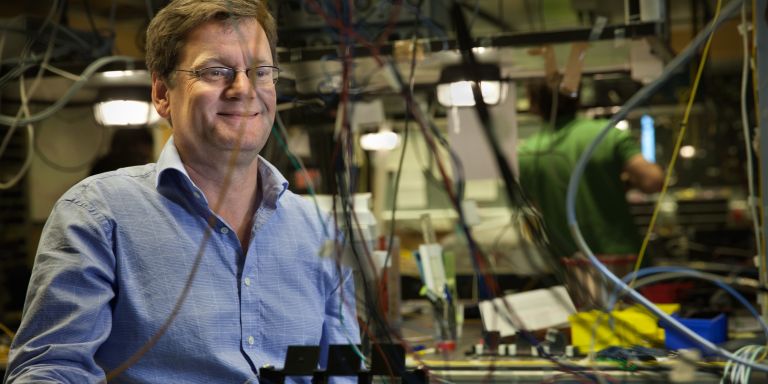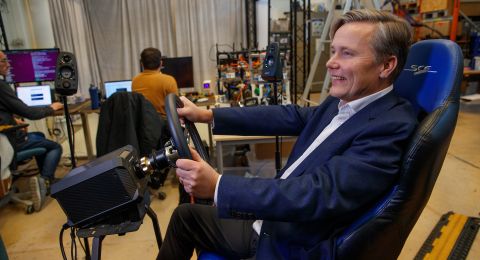
Project Grant 2013
Energy-efficient optical fiber communication
Principal investigator:
Peter Andrekson, Professor of Photonics
Co-investigators:
Magnus Karlsson
Anders Larsson
Per Larsson-Edefors
Erik Agrell
Institution:
Chalmers University of Technology
Grant in SEK:
SEK 33.9 million over five years
“So far, the development of data traffic has been a matter of balancing between performance and cost. We want to add energy consumption. This will be a completely new way of thinking and a new way of optimizing the systems. This isn’t so easy because most researchers are thinking about better performance, more digital ones and zeroes per second and larger bandwidth,” explains Professor Peter Andrekson.
A large part of the world’s data traffic is led through fiber optic cables that are built into our buildings, buried in the ground and laid on the ocean floor. In these cables, light is guided through optical fibers with cores of pure glass or plastic. A transmitter sends out coded light signals through the optical fibers using lasers or light emitting diodes, and a receiver receives the light signals and translates them to electrical impulses that are then forwarded to computers, TVs or phones. If the fiber system extends over long distances, signal amplifiers are also needed between the transmitter and receiver.
Everyone knows that phones and computers require energy, but in order for them to communicate with each other, energy for the transportation of data is also necessary, and that part of the total energy consumption is growing very strongly.
“You usually talk about a cost for installing a system and a cost for maintaining a system. The cost for maintaining the systems will grow, in part due to the energy consumption.”
Cooperation between three institutions
The project builds on a successful, ten-year collaboration between the Department of Microtechnology and Nanoscience (MC2) and the Department of Signals and Systems (S2) at Chalmers. While the researchers at MC2 are experimental and work with hardware, the researchers at S2 have a good understanding of information theory. This way, they have been able to combine their knowledge of algorithms and hardware for optical communication systems.

“In today’s modern optical communication systems, electronics play an ever greater and more important role. You could say that the performance of electronics has caught up with the needs of optics. Consequently, we have now also brought in researchers from the Department of Computer Science and Engineering (CSE) at Chalmers.”
To bridge the cultural differences between the various departments, and thereby promote interdisciplinary cooperation, they actively work with a few different strategies. For example, different competencies are brought together in subprojects, regular “brainstorming” meetings are held with representatives from every department, and doctoral students are recruited in pairs and sit together at all of the departments involved in the project.
“Just this approach of having doctoral students that circulate between the departments I think is incredibly important for creating a feeling that we constitute a project that is moving in the same direction. Mobility is crucial to creating inspiration and this project is a way of creating mobility between departments at Chalmers.”
Identifying bottlenecks
The project objective is to first identify bottlenecks in the fiber optic systems, meaning where in the systems the largest energy consumers are, and then designing and building a model that only use a tenth of the energy that today’s fiber optical systems consume. The task is complex with many co-varying factors and difficult considerations.
“During the meetings, when we “brainstorm”, we use a board where we write down what parameters and aspects are central to a certain topic. This way, we get a kind of spider diagram that makes it possible for us to understand what happens if we change a parameter, i.e. what consequences the change has for other aspects and parameters in the system.”
The choice of optical hardware will, for example, directly impact what electronics are needed and also how much energy is consumed. With an error-correcting code, the demands on the hardware can be reduced, such as the required performance of lasers, but it costs energy since the error-correcting hardware also uses energy.

Two parallel tracks
In the project, the researchers work with two parallel tracks that both concern fiber optic systems. One is data communication, meaning the short optical transmission systems that extend 1 to 500 meters. Examples of such system are server halls and network-based calculation clusters called clouds. The other concerns more powerful optical systems with higher performance and very sophisticated electronics that aggregate traffic from many users. Examples of such systems are so-called metro-networks that transport data over distances up to hundreds of kilometers.
“The major challenge is about co-optimizing the electronics, the optics and the algorithms. At the same time, I hope and believe that the cooperation between the researchers from the various disciplines will open new opportunities. We essentially hope for a synergy effect where 1+1+1 becomes much larger than 3.
Text Anders Esselin
Translation Semantix
Photo Magnus Bergström



